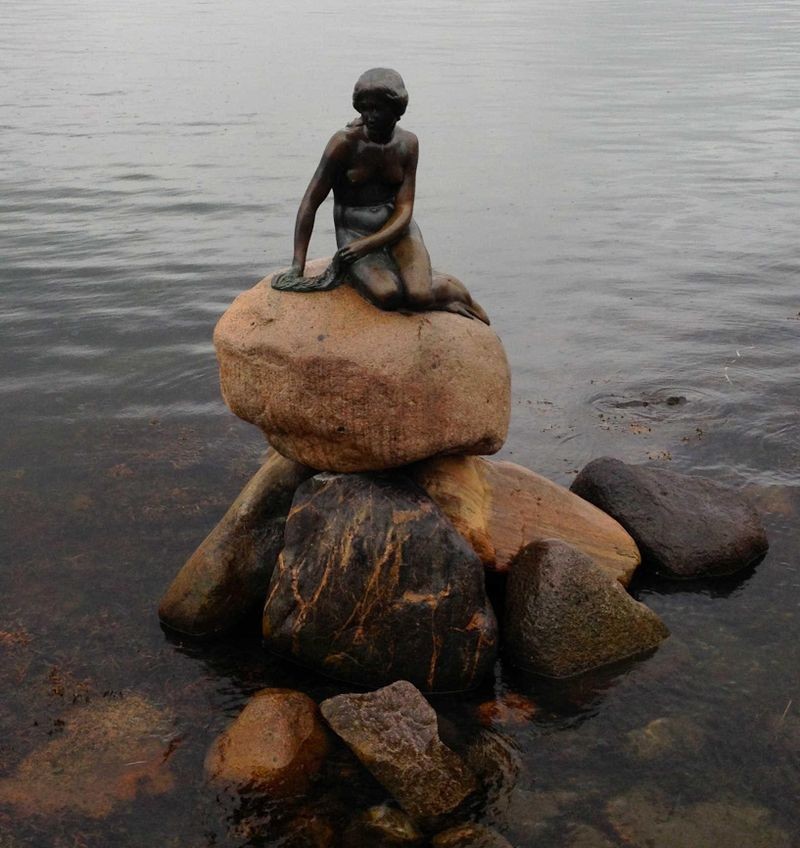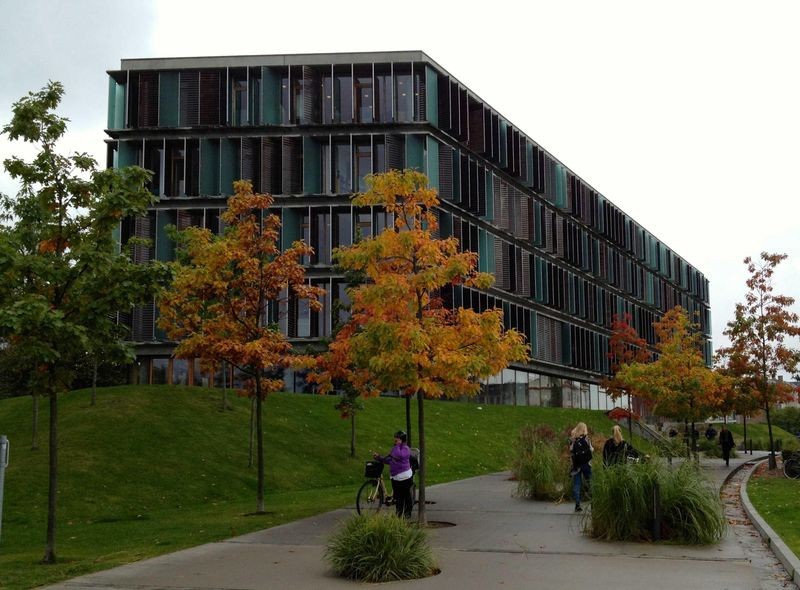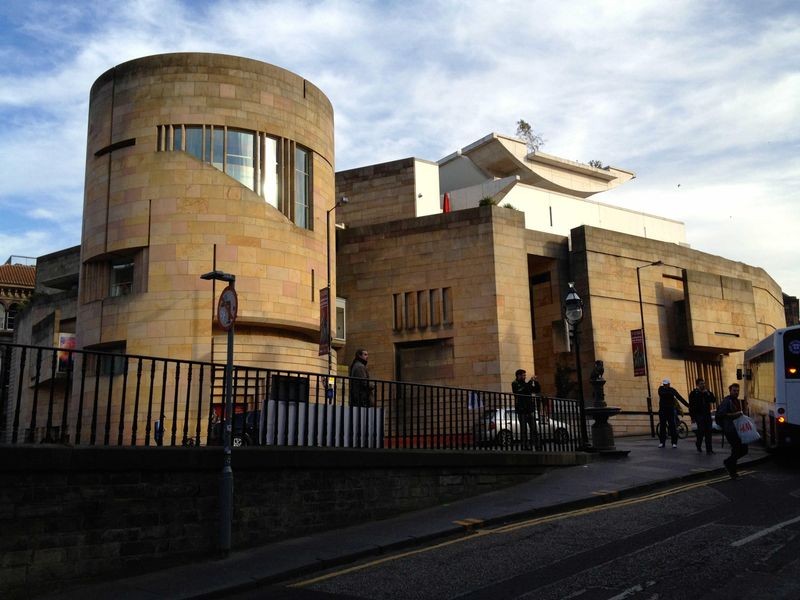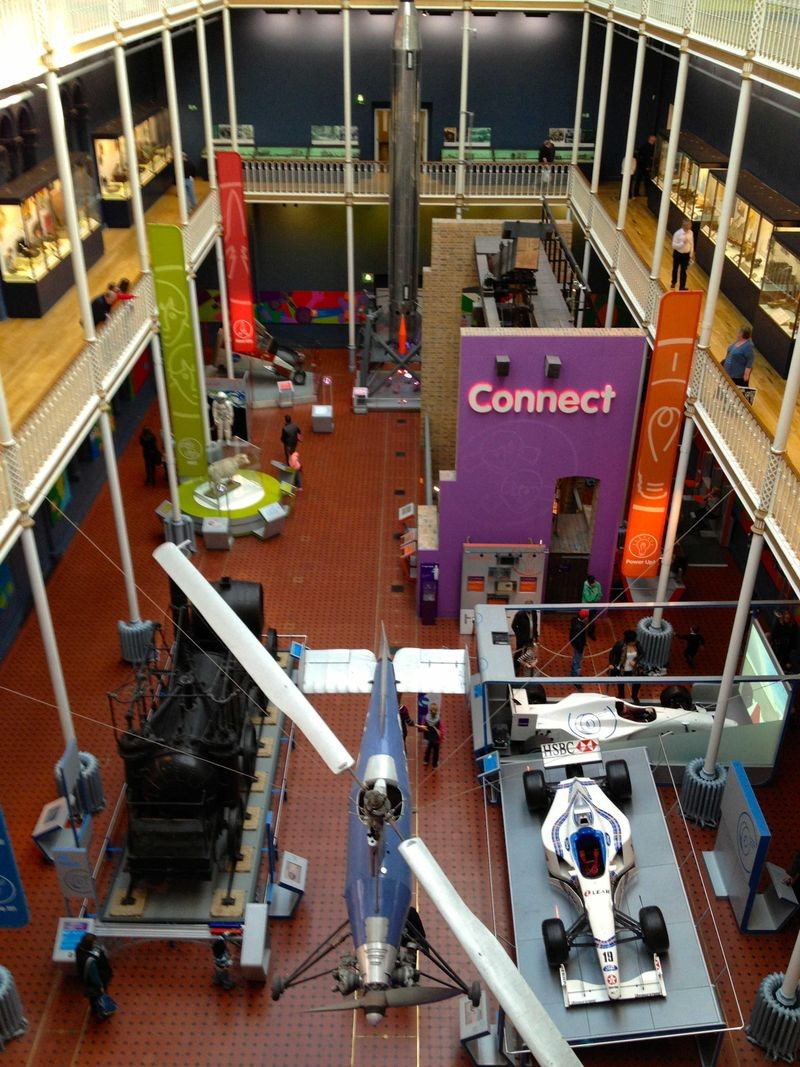

As a curator at the Computer History Museum, I work at the intersection of computing technology, history, and the museum world. I am a member of different tribes with different cultures, practices, and approaches. This is easy to forget when the daily work in collections and exhibitions takes precedence. The annual conferences that are a gathering of likeminded individuals are a great opportunity to reconnect with the “tribes.”
One of the oldest and most renowned groups for historians of technology is SHOT – The Society for the History of Technology. While largely a group for academic historians, I have found SHOT to be a welcoming organization for us public historians from the museum field. One of SHOT’s sub-tribes, if you will, is the special interests group TEMSIG, the museum group. Another, much larger one is SIGCIS, the Special Interest Group Computers, Information and Society. While the former usually meets for a cocktail hour during the conference, the latter organizes a full-day workshop following the main program. Not only are these conferences a great place to exchange information, but also friendships are formed over the years.

The Copenhagen Business School is located in the affluent area of Frederiksberg. Rain was a common sight during the SHOT conference.
This year’s annual SHOT conference took place in Copenhagen, Denmark. Travel was certainly more arduous than to last year’s Cleveland conference, the greater attendance of European scholars more than made up for that inconvenience. The conference venue was the Copenhagen Business School; Lars Heide, the current editor in chief of the IEEE Annals of the History of Computing, teaches there.
The SHOT conference program again presented itself as an embarrassment of riches. Up to seven parallel tracks made it difficult to choose which sessions to attend – balancing the SIGCIS-sponsored computing history sessions with topics that may be outside my area of expertise, but often suggest surprising interpretive approaches to unexpected topics.
Every once in a while serendipity strikes and a paper is not only interesting, but hugely relevant to my ongoing work. This is what happened in the provocatively titled session “Bodies and Technology: Mid-(20th)-Century Mayhem.” Lee Vinsel’s paper “Bodies at Unrest: Impact Biomechanics as a Regulatory Science” sounded promising, but I was not expecting a presentation that beautifully connected with my current work on car crash simulation software for the Museum’s upcoming software exhibition. Vinsel showed examples of early car crash testing using volunteers, cadavers, and animals (by jessica). Some of it required a rather strong stomach, but his larger narrative of car crash testing and safety greatly helped me validate some of my interpretation from the later time period of simulation software.
One of the bigger themes of the SHOT conference was transnationalism, a perfect topic for a conference that took place in Europe. A number of presenters made references to flows of knowledge, people, or goods across national boundaries; this approach is well worth considering when interpreting computing history.
The computing-related sessions offered some familiar and some unexpected topics. Kevin Gotkin’s paper on the Amateur Computer Society reminded me that the museum has ECHO IV in its collection; Laine Nooney’s paper on Sierra-Online gave some insight into women’s computer gaming. Ramesh Subramanian’s paper was novel in that it presented the history of India’s domestic computer production in the 1970s. Ksenia Tatarchenko discussed programming education in 1980s Soviet secondary schools; oddly, a lot of the rationale given then still sounds familiar today.
The SIGCIS workshop provided the usually high quality of papers from a wide range of scholars on the broad topic of “Information Identities.” Per Lundin reported on a large-scale oral history project on the history of Swedish computing technologies; Ulf Hashagen showed a previously unseen picture of the Zuse Z4; Ian Martin presented a great social and architectural analysis of a British computing center; a history of networks session provided some insight into non-Internet European networking history (I commented on this session). While these are just some examples of the rich program of the conference and workshop, it’s easy to imagine that the breadth and depth of the papers gave a curator lots to think about.
Part of any conference is a social program with dinners and, in the case of annual conferences like these, also awards. Of particular interest this year was Eden Medina’s book “Cybernetic Revolutionaries: Technology and Politics in Allende’s Chile,” which won both the Computer History Museum Prize for an outstanding book in the history of computing, as well as SHOT’s main book prize, the Sidney Edelstein Prize. A book on computing history had not won the Edelstein Prize before.

The National Museum of Scotland, site of the Artefacts conference, consists of several galleries including a building dedicated to Scottish history.
After a packed four days in Copenhagen, two days in Edinburgh were on the agenda next. Thanks to cooperation with the Deutsches Museum in Munich, I was able to attend the Artefacts conference for the first time. Whereas SHOT’s annual conference has been going on for decades, Artefacts is newer, smaller, and much less well-known. An informal association of historians who are primarily working at museums, Artefacts is a conference that focuses on the materiality of history, a topic close to a curator’s heart!
Artefacts took place in Edinburgh’s National Museum of Scotland and the museum proved to be a fascinating venue. The papers offered an amazing range of topics from Scottish nuclear heritage to Norwegian musical instruments to human remains in biobanks to World War II airplanes and many topics in-between. The overarching theme of the conference was around national styles and identities, a similar area of investigation to the transnationalism topic at SHOT. A secondary theme seemed to emerge at the conference: If there are multiple parallel narratives associated with an object, e.g., the already established public perception, how does a museum tell a more differentiated story grounded in historical interpretation?

The Science & Technology exhibition at the National Museum of Scotland features, among other things, the cloned sheep Dolly.
It’s questions like these and the exchange of ideas with academic historians and museum curators that make conference visits so valuable. Where else would you have a chance to listen to Wiebe Bijker, recipient of SHOT’s highest honor, the da Vinci Medal, talk about the origins of the theory of social construction of technology? But it isn’t just about theory. Numerous papers at both conferences displayed a compelling array of varied interpretive approaches to their topics. For example, at Artefacts, Heloise Finch-Boyer presented on “The Omega antenna: US achievement in the Cold War or a national symbol of French decolonization?” The Omega system was a global navigation system; Finch-Boyer looked specifically at the antenna on the French island of Réunion in the Indian Ocean. A whole range of issues was investigated that go well beyond the historical trajectory of the Omega technology. How did the local population perceive the antenna as a French colonial technology? Why did the antenna’s meaning shift to become an architectural icon to the island? What was its perceived civilian use and how did the military use the technology? The antenna was even mentioned on a local sitcom in Réunion. Looking at all these different angles gives a rich, compelling, nuanced interpretation that was deeply engaging.
Seeing fellow historians and curators use these tools has influenced my view on how we can tell the story of computing history at CHM. We are starting to apply some of the techniques to our work on the new software exhibition. Attending conferences and workshops has been a boon to the Museum’s staff and pushes our skills and expertise forward. It’s also a rare opportunity to connect or reconnect with colleagues across disciplines and to reaffirm our tribal memberships.